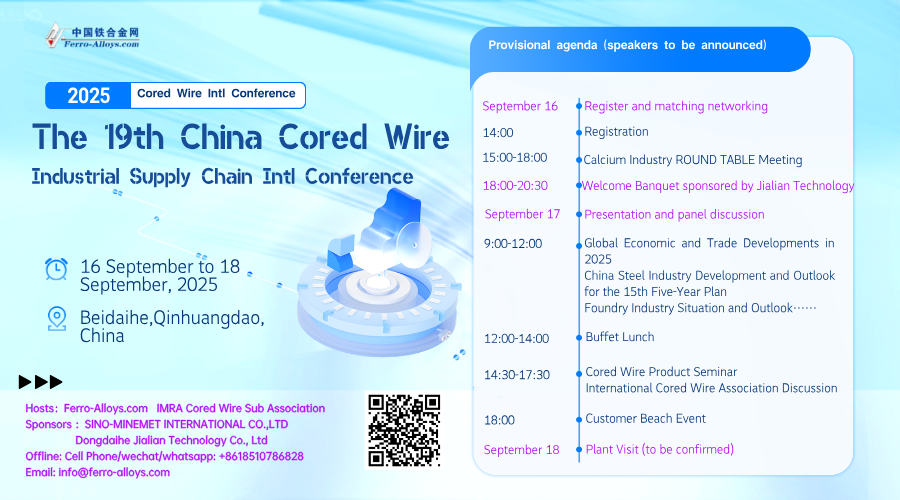Diversified mining company Assore has survived the storm of last year’s iron-ore price crash, recording a 16% increase in earnings to R1.49 billion for the year ended June 30 2016. Compared to its 2015 financial results, when the company incurred impairments of R812 million and earnings were down 68%, the company certainly appears to have turned a corner.
“Prices for the group’s products recovered during the second half of the financial year,” said Chairman Des Sacco in a statement.
The index price for iron ore (62% iron content, “fines” grade, delivered in China) recovered from levels of below $40 per tonne in the first half of the financial year to an average price of $52 per tonne in the second half, while manganese unit prices were also up 18% compared to the first six months.
Although the company still had impairment charges of R299 million, cash resources were up 24% to R3.2 billion, while the costs of sales figure was down almost 20% to R1.9 billion. Investors will also have been pleased to see the company declare a final dividend of 500 cents per share. Having had a 200 cent per share interim dividend, this brought the year’s total to 700, up 16% from last year’s 600 cents per share.
The company’s main asset, Assmang mine, which it equally shares with African Rainbow Minerals, had record sales volumes of iron and chrome ore due to increased production at Khumani Iron Ore Mine and at Dwarsrivier Chrome Mine, combined with the utilisation of additional port and rail capacities.
Iron ore output was 5% higher at 17 million tonnes and manganese ore increased 11% to 3 million tonnes, while chrome ore production was up 7% to 1.15 million tonnes. Only manganese alloy output declined, down 22% to 175 000 tonnes.
The initial impact of the expansion project at Assmang’s Black Rock mines, combined with increased rail capacity, realised additional sales tonnages of manganese ore. Sales volumes of ferromanganese were depressed due to lower levels of global crude steel production.
Assore’s finance manager and spokesperson Ross Davies says the restructuring of the organisational operating model and the shift system at Black Rock Manganese Operations was the most effective aspect of the company’s cost-cutting strategy, leading to an increase in productivity of more than 20%.
“A total of 600 jobs were affected, with approximately half being redeployed, while the remaining employees were retrenched,” says Davies.
Meanwhile construction of the Sakura Ferroalloys smelting plant in Malaysia, in which Assmang holds a 54.36% interest, is nearing completion, with the first shipment of ferromanganese from furnace 1 already exported in June 2016.
Furnace 1 has a design production capacity of 110 000 tonnes of ferromanganese per annum. The second furnace, which is scheduled to be commissioned in September 2016 and is expected to reach full production capacity in early 2017, will produce 70 000 tonnes of silico manganese annually.
Ever the illiquid stock, Assore’s share price barely moved, dropping 0.53% to R149 per share on Wednesday.
Copyright © 2013 Ferro-Alloys.Com. All Rights Reserved. Without permission, any unit and individual shall not copy or reprint!
- [Editor:sunzhichao]



 Save
Save Print
Print Daily News
Daily News Research
Research Magazine
Magazine Company Database
Company Database Customized Database
Customized Database Conferences
Conferences Advertisement
Advertisement Trade
Trade















 Online inquiry
Online inquiry Contact
Contact

Tell Us What You Think